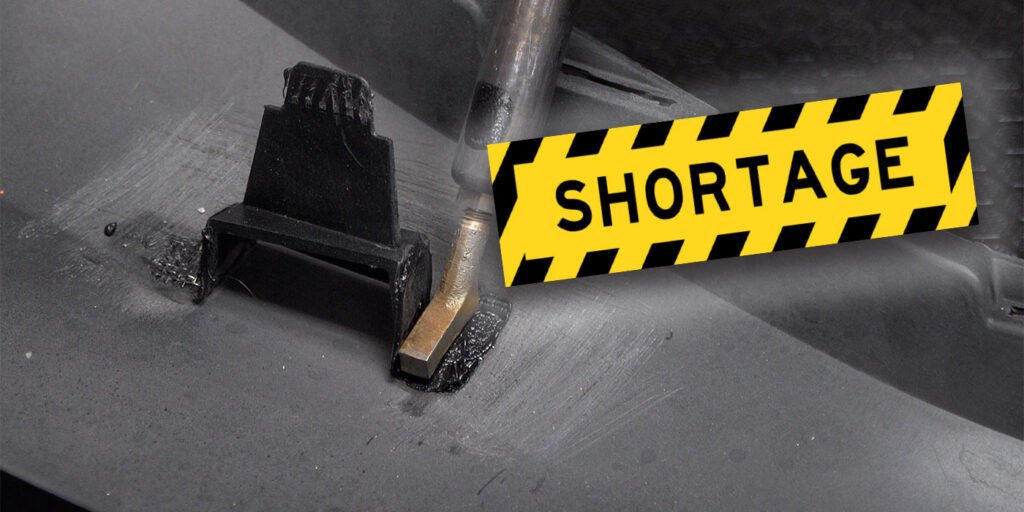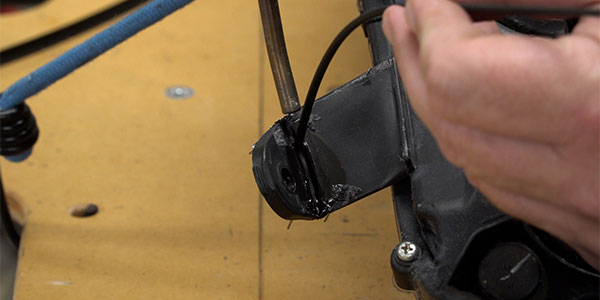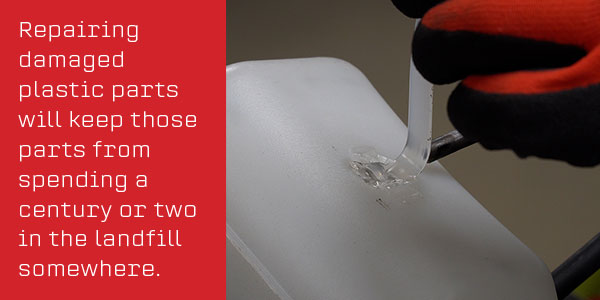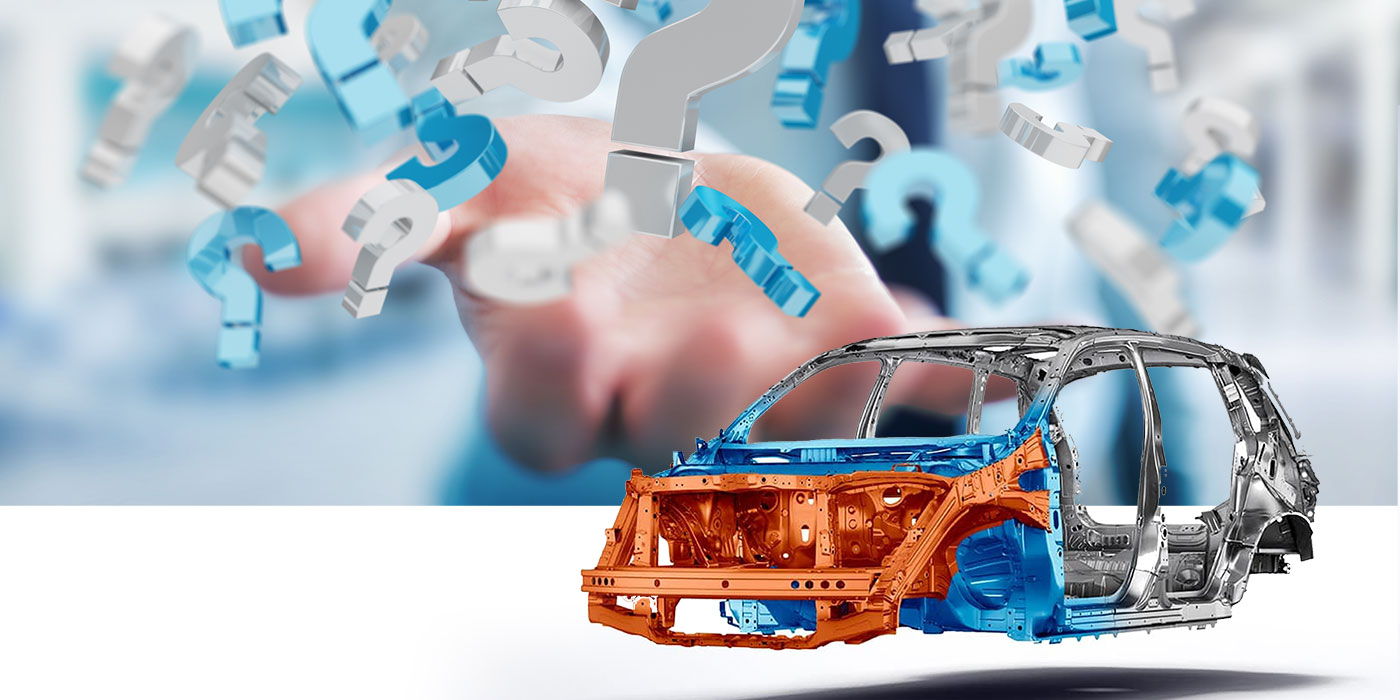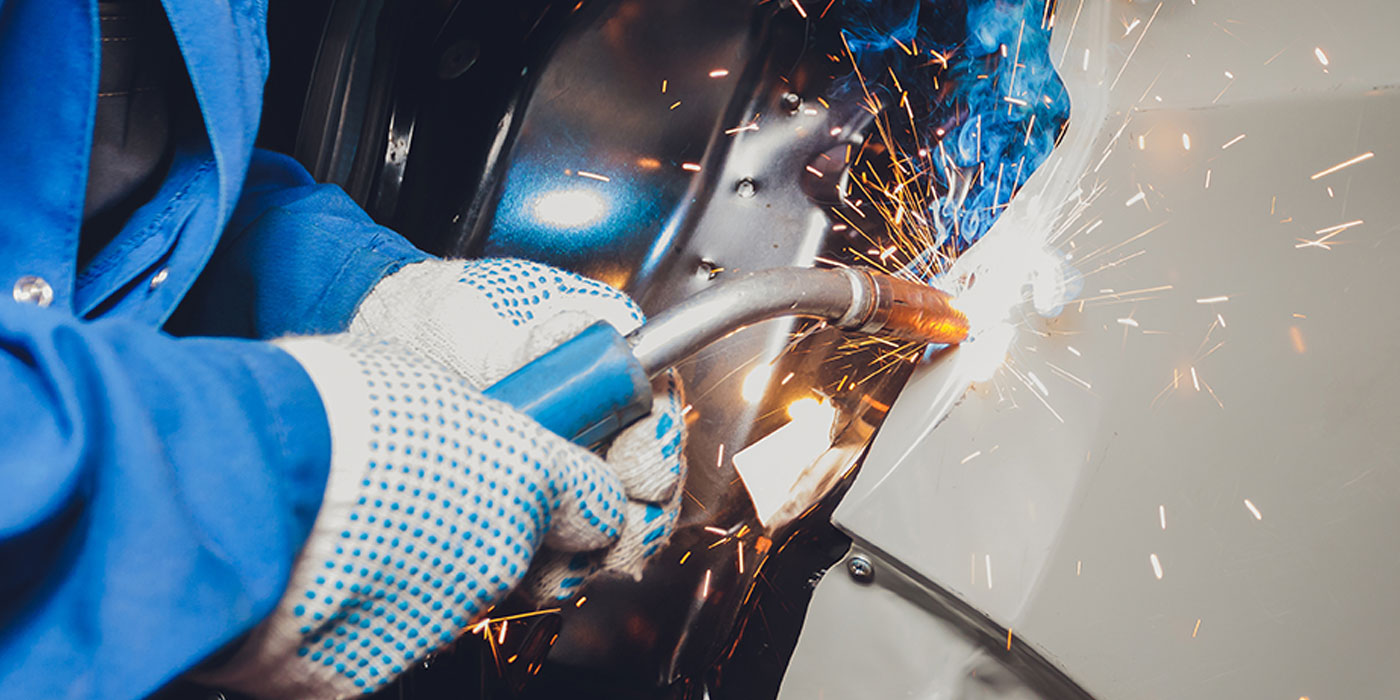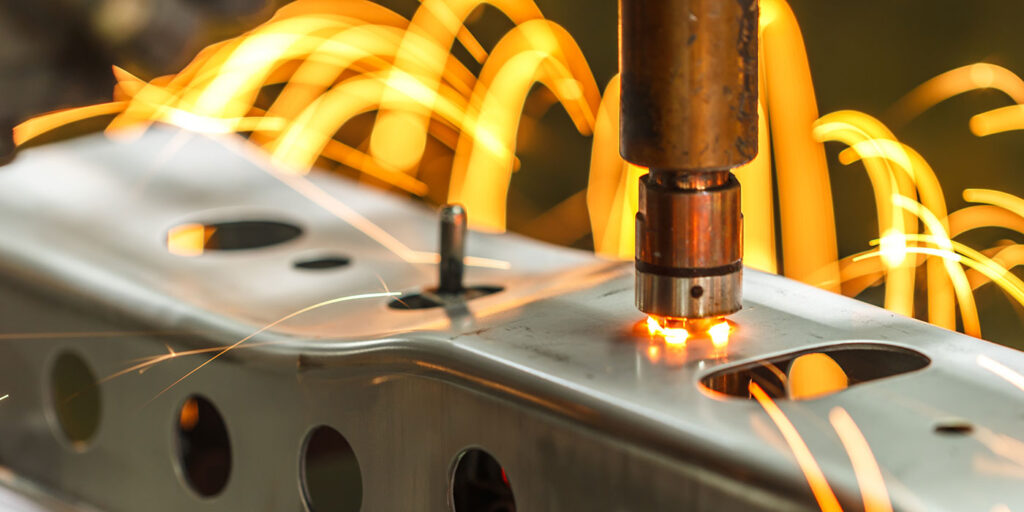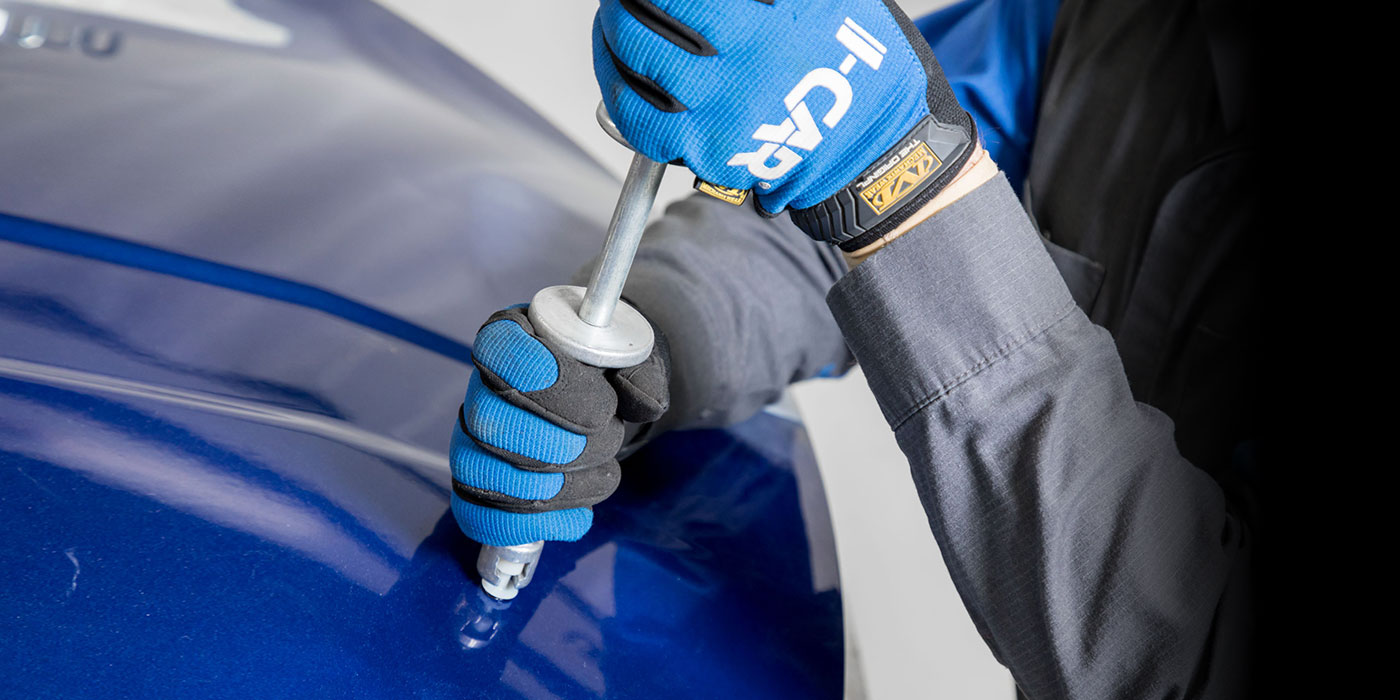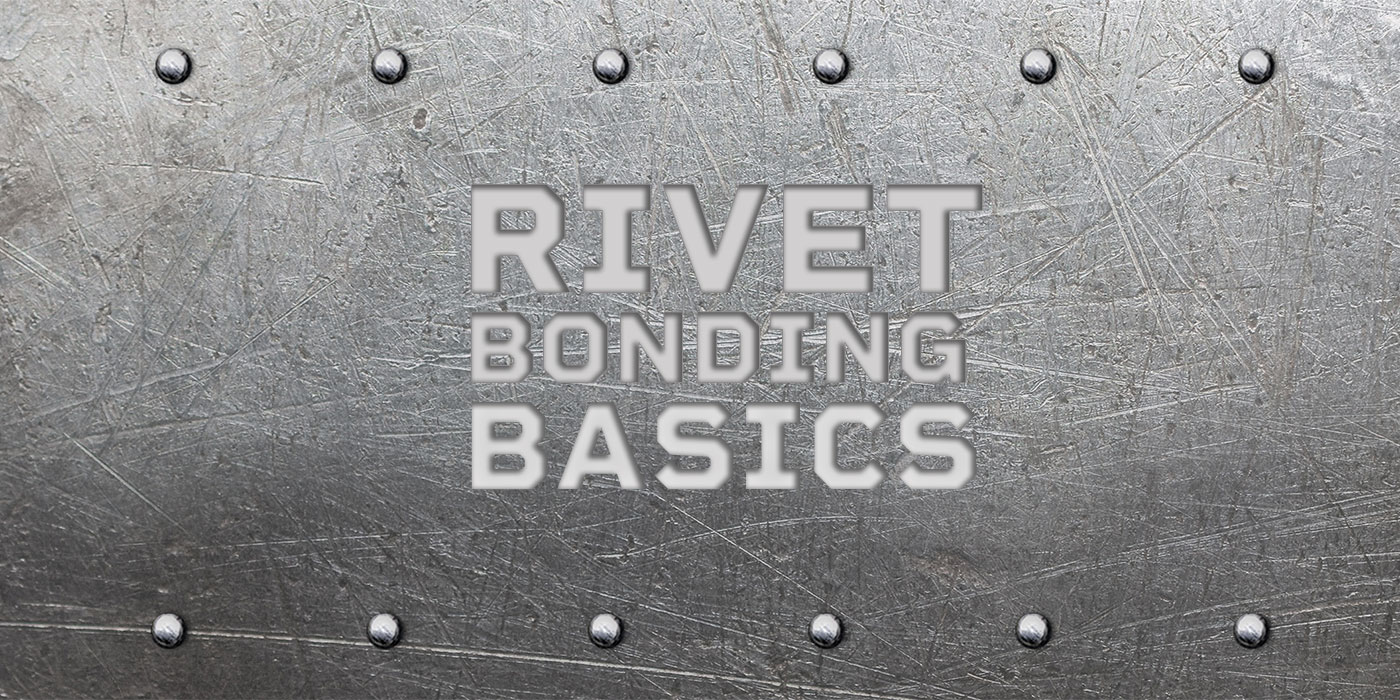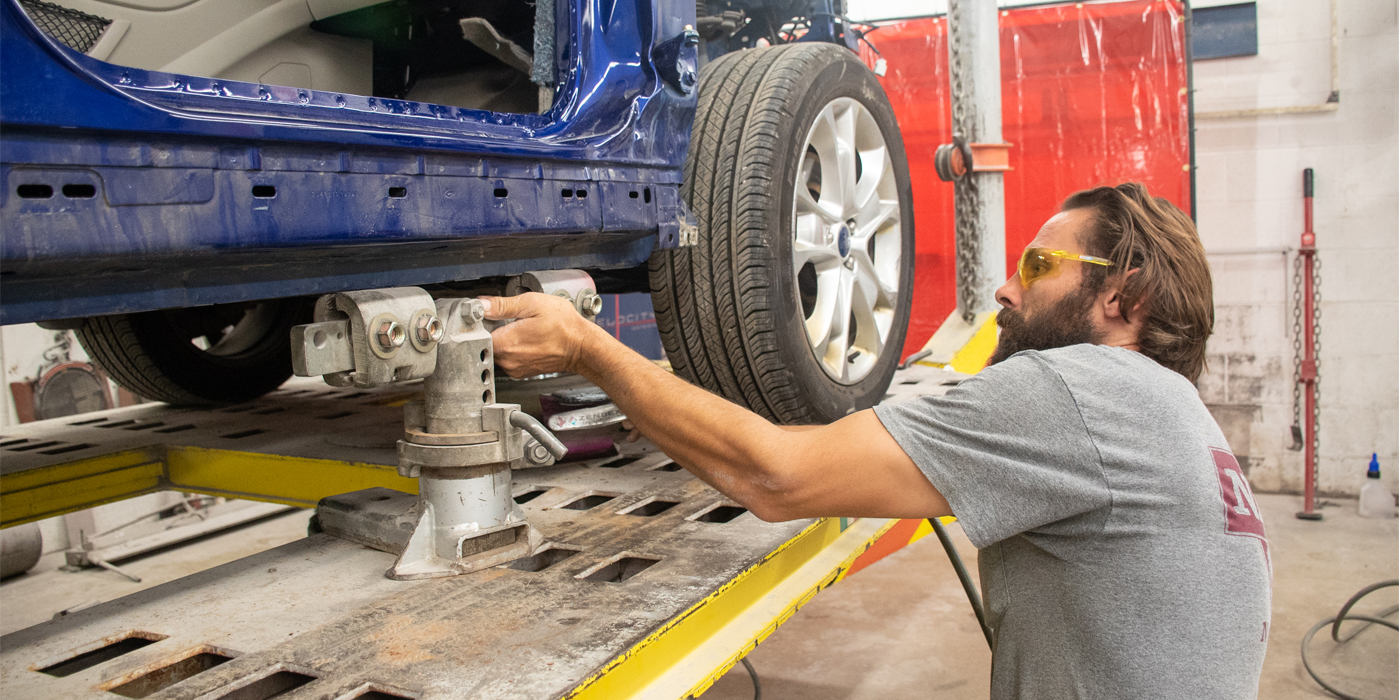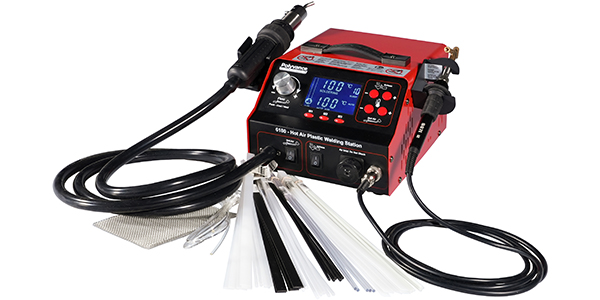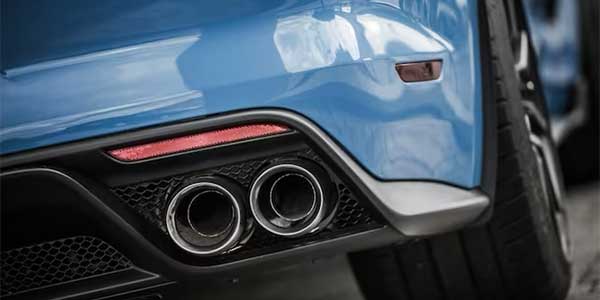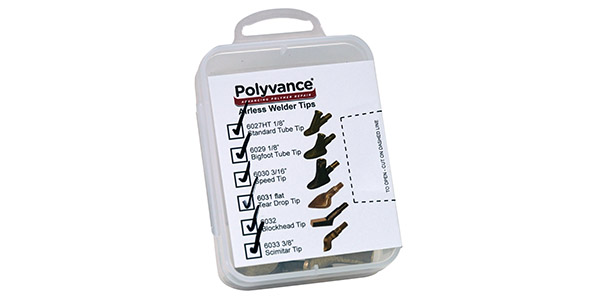As most collision repairers are well aware, due to the supply chain issues affecting the world’s economy, getting parts to repair vehicles today is a real challenge. At Polyvance, we take technical questions from shops every day on plastic repair. One shop recently told us that rear bumpers for a certain Korean-brand minivan were out of stock for at least three months. This is the reality we’re all faced with, so how do we keep the wheels of commerce turning despite this challenge?
Obviously, if you can’t get parts, then it makes sense to repair them. Damaged parts that you would have thrown out a couple of years ago now have to be considered candidates for repair. Can’t get a new front fender for two weeks? Time to dust off the old hammer and dolly.
Plastic Parts
Many parts commonly damaged in collisions are made of plastic — bumper covers, obviously, but many others as well. Headlight tabs, windshield washer reservoirs, underbody trays, inner fender liners, wheel well and rocker moldings, and dozens of others are all made of plastic — and a shortage of any one of these replacement parts can hold up the repair of the entire vehicle. Maybe it’s time to dust off the old plastic welder and two-part bumper repair adhesives as well.
ADAS and Plastic Repair
What are some of the things you need to consider when evaluating a plastic repair? First and most importantly, you need to research the original equipment manufacturer (OEM) procedures for any guidelines or position statements on performing repairs to certain plastic components. Bumper covers are the most obvious example because late-model vehicles are festooned with sensors, most of which are mounted in, on or behind the bumper covers. Some OEMs prohibit the repair or refinish of bumper covers if the repair could affect the function of an ADAS sensor.
What if an OEM does not prohibit a repair of a bumper cover? Then you have to rely on your common sense. If you know that there is a radar-based blind spot sensor mounted on the quarter panel behind the bumper, then don’t perform any bumper repairs over the sensor in that general vicinity. Some manufacturers prohibit repair in a seven-inch radius around the sensor, for example. If the damage is a tab that’s on the bottom edge of the bumper cover, far from any sensor, then common sense would tell you that repairing that tab shouldn’t cause any problem with an ADAS sensor.
Headlights and Taillights
Other expensive and largely plastic components are the headlights and taillights. These components are getting physically larger and more complex, some incorporating ADAS sensors themselves. Having to replace one or two expensive headlights can often throw an otherwise repairable vehicle into the total loss category.
Often, the only damage that headlights suffer is snapped off mounting tabs due to a bent radiator support. If you can determine that the headlight lens is undamaged and that it functions properly but only suffers from a broken tab or two, then repair of the headlight can create a win-win-win for the shop, technician and vehicle owner. Of course, research the OEM procedures before attempting the repair — some OEMs sell replacement tabs that can be screwed into the housing (assuming you can get those replacement parts).
Windshield Washer Reservoirs
Windshield washer reservoirs are a great opportunity for repair. They’re often jammed into the space right behind the corner of the bumper cover, unprotected by the bumper bar. In this vulnerable position, they’re likely to suffer punctures and cracks in a front-end hit. Such parts are typically not very expensive and would normally be discarded, but this is 2022 and you might not be able to get the part for weeks.
These reservoirs are often made of polyethylene (PE), which is difficult for adhesives to stick to (that’s why they make body spreaders out of it). Windshield washer and radiator overflow reservoirs are best repaired by fusion welding.
When plastic welding, it’s critical that you first determine the plastic type. These reservoirs are usually PE, but they can also be made of polypropylene (PP) or sometimes a blend of the two (PP-PE). Select the matching welding rod, and make sure to fuse the rod and base material during the welding process. Because these parts are hidden from view, cosmetic appearance is not very important. A solid, functional repair that looks professional doesn’t take much time and will help keep the vehicle moving through the shop when the part is unavailable.
Inner Fender Liners
Inner fender liners are also inexpensive parts that are typically discarded and replaced. But because the expectations for cosmetic appearance are not as high as they would be for a bumper cover repair, for example, repairs can often be made very quickly without the need for paint. Like windshield washer reservoirs, these parts are also often made of PE or PP plastic. The easiest way to identify any plastic part is to look for the identification symbol molded into it somewhere, usually on the backside. Once you identify the plastic, choose the proper plastic welding rod and perform a fusion weld on it.
Trim and Moldings
Trim and moldings are normally good candidates for repair because, even when the parts are available, they tend to be expensive because they’re not available in the aftermarket.
Many times, these parts are attached to the vehicle using push-in clips inserted into mounting bosses molded into the backside of the part. These bosses tend to have a very thin attachment to the main part, which can break even when the part is being pulled off the car. When this happens, the outer cosmetic surface looks perfect, but the part can’t be used because a mounting boss is broken.
Plastic welding would be the best choice here due to the limited surface area available for repair. Still, a nitrogen plastic weld even with the flow turned down to the lowest setting might overheat the thin plastic here. Melting in some stainless steel wire mesh often gives the best results because you can control the heat input to the substrate more easily. Locking it in with the mesh, then melting some matching welding rod, will restore the functionality of the mounting boss without affecting the outer cosmetic surface. Repairing damaged plastic parts will also keep those parts from spending a century or two in the landfill somewhere.
Repair vs. Replace
Many shops have shied away from doing plastic repairs over the years, preferring to replace damaged parts. There are good reasons for this — replacement cost is typically inexpensive, replacing parts is just easier, the technicians might not have the skills, etc. But today’s extensive parts shortages change the calculus. If you aren’t moving cars through the shop and out to your customers because you can’t get parts, it’s time to invest in your ability to do plastic repairs.
There are two main technologies for doing plastic repairs: two-part adhesives and plastic welders. Both technologies have been well-developed over the years and can create quality outcomes in most every situation. If you haven’t been doing plastic repairs because you had a comeback once in 1999, then it’s time to do some research and see what the manufacturers have to offer today.
Two-part adhesives are the more prevalent technology because technicians are more familiar with them since they’re the same basic technology that’s used for two-part seam sealers and panel adhesives. The upfront cost involved with two-part adhesives is also practically nothing because all shops already have a two-part dispensing gun.
There are typically different adhesives that would be used on the backside of the repair and on the cosmetic side. For a bumper cover repair, the backside adhesive might use a urethane chemistry for quick curing time and strength, and the frontside adhesive might be a highly filled epoxy for easier sanding and featheredging. Research the plastic repair procedures offered by the adhesive manufacturer of your choice and follow its instructions. Especially important for adhesives are the prep steps, specifically the use of adhesion promoter on polypropylene parts.
Nitrogen Plastic Welding
Plastic welding equipment has come a long way in the past decade or so with the advent of nitrogen plastic welding. A technology for industrial plastic welding dating back to the 1950s, nitrogen welding creates a strong repair on thermoplastics (meltable plastics) using welding rods that match the material of the substrate.
Several companies now offer equipment for nitrogen and hot air welding. The drawback of welding compared to two-part adhesives is that the upfront equipment cost is much higher. However, the consumable cost for welding is much lower, and typically welds can be completed faster because there is no curing time as there is with adhesives. The two technologies are complementary because a weld repair is normally going to need a two-part cosmetic glaze on top to finish it out.
Training
The final component of implementing a plastic repair program in your shop is technician training. I-CAR has both a hands-on and virtual training course on plastic repair. Each of the manufacturers of plastic repair material and equipment also offer training material, ranging from hands-on, instructor-led courses to YouTube videos. Once you get the materials, equipment and training to do plastic repair, you won’t have to look your customers with the minivans in the eye and tell them that they have to drive around for the next three months with a torn-up bumper cover.

